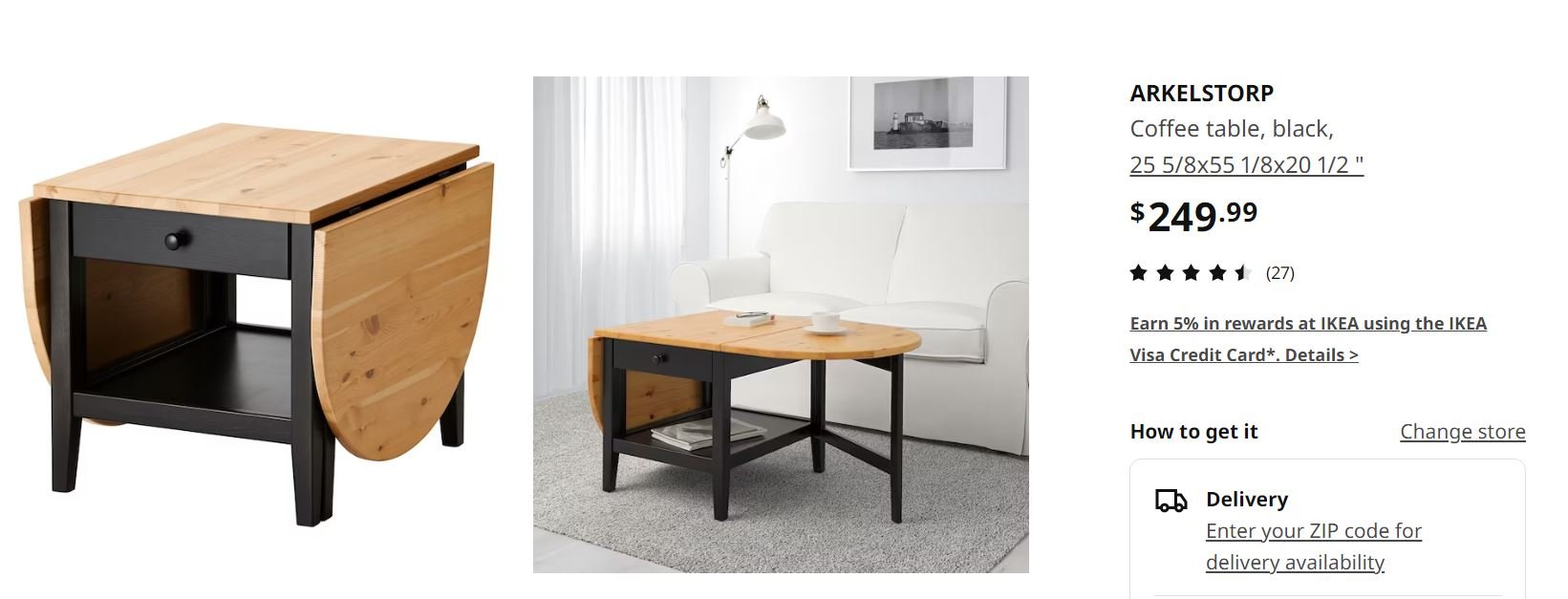The Facts on The IKEA Effect
Chances are if you’ve moved into a new home in the last 10-15 years you’ve probably built an IKEA furniture set. Sure, it might have taken a few hours because the instructions were confusing, and you were probably already frustrated after getting lost in the store for a day or two.
But, in the end, you built your two Knarreviks, put them next to the Slattum, tossed a Haugesund onto it, and topped it with a Nattjasmin, an Angslilja, and some Slans so you’re happy. Only one of those things I listed was made up, check the Quick Facts on the bottom of the article to find out which one.
What if someone were to come to your home and offer you 25% more than what you paid for all the items? Would you sell them? Chances are, probably not. In fact, you probably wouldn’t sell them for less than about 60% and that’s all because of the IKEA effect.
“Hell, for 60% over the sale price, I’ll even wrap it for you.”
What is the Ikea Effect?
The IKEA effect is just the catchy name for a cognitive bias that has been recognized for a long time. Basically, it’s a common phenomenon wherein if you build or create an item, you will overvalue it and see it as better than the same item already built by someone else.
Even if your item is poorly built, breaks, or looks worse overall, you will still see it as better since you created it which probably explains why some parents love their children unconditionally.
Originally the IKEA effect was more commonly known as “effort justification” going as far back as 1957. The new name stuck when a trio of researchers from Harvard Business School, Yale, and Duke University showed a bit more effort in giving it a name after they published their study in 2011.
The researchers performed three experiments to prove effort justification, the first involved IKEA furniture. After breaking up participants into two groups, the first group built a set of furniture while the second group examined an already built set of the same furniture.
Once everything was built, the groups were asked how much they would pay for each piece of furniture. On average, the group that built the furniture was willing to pay 63% more simply because they built it.
“I lost a few nails so it’s a bit shaky but I’d still buy it.”
To make sure the IKEA effect wasn’t solely occurring with IKEA furniture, the researchers used LEGO and origami as well in the following experiments. These experiments had the same results. The longer you spend building something, the more you’re willing to pay for it.
Outside of IKEA
Interestingly the IKEA effect isn’t solely tied down to building furniture or paper animals, it’s used a lot by a whole host of various businesses. Think Build-A-Bear or all those meal delivery kits that advertise how much better it feels that you’re part of the building/cooking process.
The IKEA effect is pretty much everywhere and has even been seen in social situations. One of the original experiments from 1959 had a group of women split into three groups that had to join a discussion group.
The first group did not have to do anything extra to join, the second group had to read aloud a few words that related to sex in front of the rest, and the last group had to read aloud 12 obscene words as well as two explicit descriptions of sexual activity.
“Hold on, 12? I only have 7.”
After the initiation, the groups joined the discussion group and at the end were surveyed on how interesting and intelligent they found the discussion. The group that went through the more ‘embarrassing’ initiation, thereby going through the most effort, rated the group as more interesting and intelligent than the rest.
Other studies have found that even children fall prey to the IKEA effect. One study from 2019 found that if children are more involved in helping prep healthy food, they’ll actually enjoy it and eat more of it. The amount of effort is directly correlated with the amount of enjoyment. So does that mean that you can be manipulated to love something based on how much work someone makes you do?
Limits
Here’s the thing, like everything except for Batman, the IKEA effect has its limits. Turns out that if the thing you’re building or creating is overly complicated or just plain difficult, the amount of value you have for it will diminish. And, that’s a good thing.
Imagine if HelloFresh sent you a bunch of random ingredients and a piece of paper that read “Goodluck LMAO”. You’d probably hate what you ended up creating and hate HelloFresh. So while this cognitive bias seems like it can be used by businesses and others to manipulate you, it won’t always work and now that you know it exists maybe you can keep an eye out for it.
In the meantime, put some effort into scrolling down to click on some other articles you might like. See what I did there?
Quick Facts
I lied, they’re all real. Knarreviks (nightstands), Slattum (bed frame), Haugesund (mattress), Nattjasmin (sheet set), Angslilja (duvet cover), and Slans (pillows).
While a 2019 study found the IKEA effect affected children, a study from 2017 did not find the same correlation. The difference was the 2019 study had children prep the food with parents while the 2017 study had children prep the food at an after-school facility without parents.
















